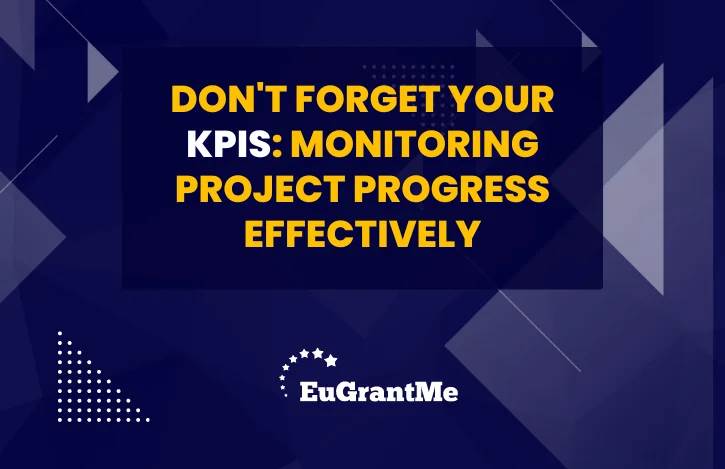In the realm of project management, keeping a finger on the pulse of progress is essential for success. As projects unfold, it’s easy to get swept up in the day-to-day tasks and lose sight of the bigger picture. This is where Key Performance Indicators (KPIs) come into play. By prioritising and tracking KPIs, project managers can monitor progress effectively, identify areas for improvement, and ensure that projects stay on course towards achieving their objectives. In this article, we delve into the importance of KPIs in monitoring project progress and offer insights into how to leverage them effectively to drive project success.
Setting Clear Objectives: The Foundation of Effective Monitoring
Before diving into the world of KPIs, it’s crucial to establish clear objectives for your project. Objectives serve as the guiding light, outlining what you aim to achieve and how success will be measured. By setting clear, measurable, and achievable objectives, you provide the foundation for effective monitoring and evaluation. When defining objectives, consider factors such as project scope, timeline, budget, and stakeholder expectations. With clear objectives in place, you can then identify the most relevant KPIs to track progress towards achieving them.
Identifying Relevant KPIs: Choosing Metrics that Matter
With objectives defined, the next step is to identify the most relevant KPIs to track progress towards achieving them. KPIs should be specific, measurable, achievable, relevant, and time-bound (SMART). They should provide meaningful insights into project performance and align with your project objectives. Depending on the nature of your project, KPIs may encompass various aspects such as time, cost, quality, scope, and stakeholder satisfaction. By choosing KPIs that matter most to your project’s success, you can focus your monitoring efforts on the metrics that have the greatest impact on achieving your goals.
Establishing Baselines and Targets: Setting Benchmarks for Success
Once you’ve identified your KPIs, it’s essential to establish baselines and targets to measure progress against. Baselines represent the starting point from which progress will be measured, providing a reference point for comparison. Targets, on the other hand, represent the desired level of performance or achievement for each KPI. By setting realistic yet ambitious targets, you provide a benchmark for success and motivation for your team to strive towards. Regularly reviewing progress against baselines and targets allows you to gauge performance, identify deviations from the plan, and take corrective action as needed to keep the project on track.
Implementing Monitoring Mechanisms: Keeping a Watchful Eye
With objectives, KPIs, baselines, and targets established, the next step is to implement monitoring mechanisms to track progress effectively. Monitoring mechanisms may include regular progress reports, dashboards, meetings, and performance reviews. These mechanisms enable project managers to keep a watchful eye on project progress, identify trends and patterns, and address issues or risks in a timely manner. By fostering a culture of transparency and accountability, monitoring mechanisms empower project teams to take ownership of their work and drive towards achieving project success collectively.
Analysing and Interpreting Data: Turning Insights into Action
As project progress is monitored and KPI data is collected, the next step is to analyse and interpret the data to gain actionable insights. Data analysis involves examining trends, identifying correlations, and uncovering areas for improvement or optimisation. By turning data into actionable insights, project managers can make informed decisions, allocate resources effectively, and take corrective action to address any deviations from the plan. Additionally, data analysis enables project teams to learn from past experiences, refine processes, and continuously improve performance throughout the project lifecycle.
Harnessing the Power of KPIs for Project Success
In conclusion, monitoring project progress effectively requires a strategic approach to prioritising and tracking Key Performance Indicators (KPIs). By setting clear objectives, identifying relevant KPIs, establishing baselines and targets, implementing monitoring mechanisms, and analysing and interpreting data, project managers can harness the power of KPIs to drive project success. KPIs serve as valuable tools for measuring progress, identifying areas for improvement, and ensuring that projects stay on course towards achieving their objectives. By prioritising KPIs and keeping a watchful eye on project progress, project managers can navigate the complexities of project management with confidence and lead their teams towards success.
At EuGrantMe, we are passionate about fostering innovation and empowering ambitious minds to flourish. Our mission revolves around providing top-notch grant writing services for the EIC Accelerator and Horizon grants in Europe, enabling our customers to unlock the full potential of their ground-breaking ideas.
Do you have a project to turn into reality?
Contact us!


